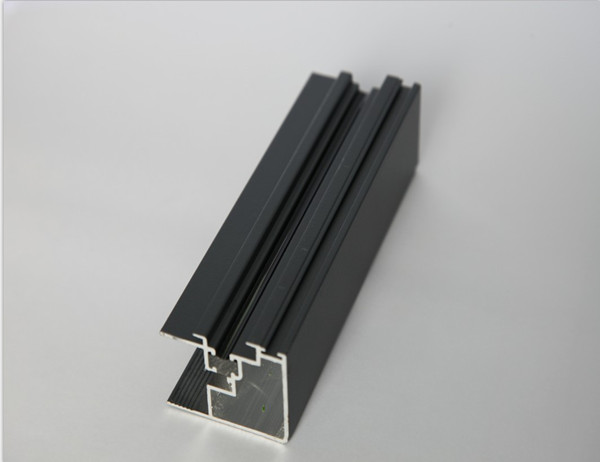In the ever-evolving automotive industry, the quest for lightweight, efficient, and robust materials has led to the widespread adoption of aluminum extrusions. These extruded components play a pivotal role in shaping the form, function, and performance of modern vehicles. To fully appreciate their significance, it’s essential to delve into the intricacies of their manufacturing process.
The Extrusion Process: A Symphony of Heat and Pressure
Aluminum extrusion is a remarkable transformation process where solid aluminum billets are subjected to intense heat and pressure. As the billet enters the extrusion press, it encounters a specially designed die that dictates the final shape of the extruded profile. The heated billet is forced through the die aperture, resulting in a continuous, elongated section. This process allows for the creation of intricate and highly customized shapes with unmatched precision.
Alloying for Enhanced Performance
The choice of aluminum alloy is critical to the performance of automotive extrusions. Different alloys provide varying combinations of strength, corrosion resistance, and thermal conductivity. For instance, 6000 series alloys offer excellent strength-to-weight ratios, while 7000 series alloys boast superior strength and durability. The alloying process involves carefully blending different elements, such as magnesium, silicon, and copper, to achieve the desired material properties.
Surface Treatment for Protection and Aesthetics
Once extruded, aluminum components can undergo various surface treatments to enhance their appearance, durability, and corrosion resistance. Anodizing creates a protective oxide layer on the aluminum surface, improving its scratch resistance and corrosion protection. Powder coating provides a durable and customizable finish that can match the vehicle’s overall aesthetic.
Quality Control for Precision and Reliability
Throughout the manufacturing process, stringent quality control measures are employed to ensure the highest levels of precision and reliability. Dimensional accuracy, surface finish, and material properties are meticulously inspected to meet the demanding specifications of the automotive industry. Advanced testing techniques, such as non-destructive testing and tensile testing, provide valuable insights into the integrity and performance of the extrusions.
The manufacturing process of automotive aluminum extrusions is a testament to the power of innovation and technological advancements. By combining advanced metallurgy techniques with precision engineering, manufacturers create lightweight, durable, and aesthetically pleasing components that contribute to the performance and efficiency of modern vehicles. Understanding this process not only provides a deeper appreciation for the automotive industry but also highlights the vital role of aluminum extrusions in shaping the future of transportation.




